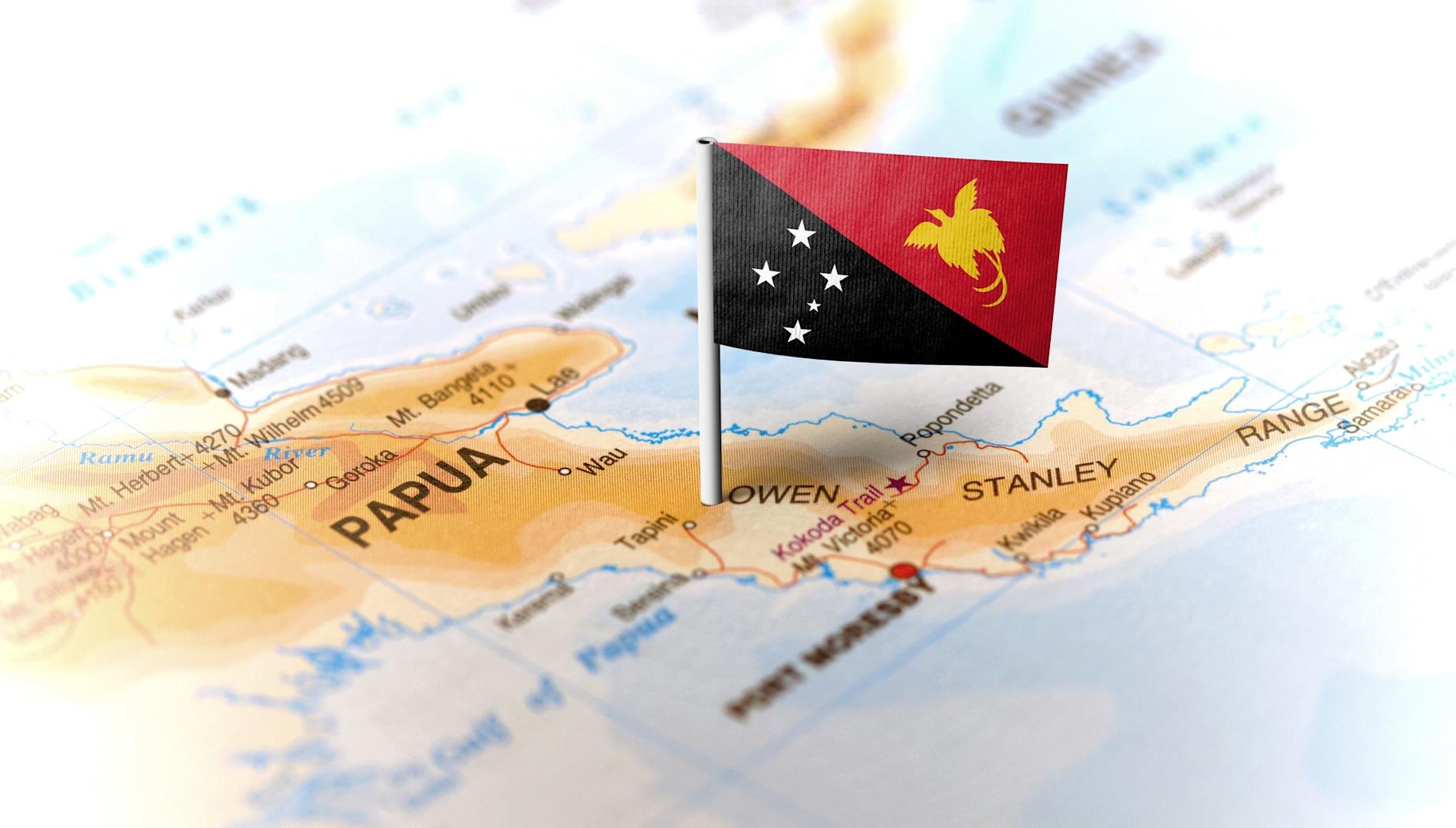Whitlam dismissal 50 years on: What it means for Australia’s push towards a republic
The on-again/off-again issue of creating an Australian republic will no doubt again be raised at the margins over the period of the 50th anniversary of the 11 November dismissal of the Whitlam government.
The events of 1975 are likely to have salience and continued impact in relation to the debate about the form of any republican model that may be put to voters in any future Australian referendum.
That salience will traverse the territory of whether the events of 1975 should or should not have occurred, should or should not be allowed to reoccur, and whether a move to a republican constitution should be linked with addressing that very issue.
Certainly, it’s notable that the republican constitutional model released by the Australian Republic Movement (ARM) in 2022 specifically circumscribed the powers of the head of state to remove a prime minister who still holds the confidence of the lower house [proposed s70A(v)].
It also appears to circumscribe power to dissolve Parliament [proposed s5]. How those proposed provisions might play out in a “1975”-type scenario is considered below.
It may be also that some recent events from overseas (the US and Ireland) are even more salient on the question of that particular republican model.
These events may, on the one hand, suggest that that ARM model is not necessarily totally unfeasible in its proposed circumscribing of the powers of the head of state, but on the other hand, may be somewhat unfeasible or at least unsuccessful in seeking to a depoliticised role of head of state (the covering material suggests that the model seeks to create nominations from Australia’s “best and brightest” – not necessarily just politicians).
Let me explain.
In 1975, the Whitlam government's attempts to gain control of the Senate, or at least eliminate Senate control by the Coalition had, by late 1975, come to nought. A double dissolution granted by the governor-general in 1974 had not delivered ALP control of the Senate, with the result that threats to block supply by the opposition in 1974 were renewed in late 1975 following various adverse revelations about the government in the “Loans Affair”.
#ICYMI: New docs/interviews reveal inside story of the $4bn loans affair as Gough Whitlam ignored warnings Tirath Khemlani was a con man and knew Rex Connor was continuing to deal with him despite authority being revoked.@australian #exclusive #auspol https://t.co/LwMmGcyqB2 pic.twitter.com/gnpWsDPAfg
— Troy Bramston (@TroyBramston) October 17, 2025
The blocking or deferring of supply by the deferral of appropriation bills was seen as a “big stick” in the 1970s, as the resulting inability to pay public servants and fund the day-to-day machinery of executive government was generally anticipated to be a form of political armageddon.
This fear may well have been justified, given the lack of precedent in Westminster systems for governments continuing to govern without supply. Indeed, the conventional view has always been that a government must be able to secure supply in order to govern, and there are scant instances of Westminster-style governments operating for any material length of time without supply.
In her excellent 2018 text, The Veiled Sceptre: Reserve Powers of Heads of State in Westminster Systems, Professor Anne Twomey reviewed the experience of Westminster systems in that regard, finding only one instance of a government operating for any significant period without supply (this occurred in the state of Victoria in 1865, when the McCulloch government operated for a period through a loan scheme with a bank).
The assumption seems to be that operating without supply is both illegal and, moreover, a practical impossibility.
US government shutdowns
While not relevant to the legal question, the practical question of the impossibility of governing without supply has perhaps developed in recent years with the interesting experience in the somewhat different (but not irrelevant) governmental context of the United States of America.
The US is a presidential system rather than a Westminster-style prime ministerial system, but what it does have in common with Westminster systems is that the legislature must, by law, appropriate the funding for the running of the executive government.
Since the 1970s, congressional halts to such funding in the US have led to significant curtailment of non-essential government activities – now referred to as “shutdowns”.
In 1980, Benjamin Civiletti, attorney-general in the Carter administration, wrote an opinion interpreting the United States constitution and US federal law as meaning that the US government could not operate until Congress had passed a spending bill, and that in the absence of this there would be a shutdown.
We are now, officially, in the longest government shutdown in history. House Republicans need to end their vacation and get us back to work.
— Congressman Robert Garcia (@RepRobertGarcia) November 5, 2025
Let’s lower health care costs and STOP giving tax breaks to billionaires. pic.twitter.com/IhwAm6uz6H
Since the 1970s, US government shutdowns have in fact become increasingly common, with the latest current shutdown in 2025 being one of the longest.
Yet this experience might suggest that, contrary to the general assumption in Westminster systems that government cannot operate at all without supply, this is, for a limited period at least, not necessarily a practical impossibility – though it may be legally problematic.
The Australian Republic Movement 2022 model
These considerations are particularly relevant when examining the ARM’s Australian Choice constitutional model released by the Australian Republic movement in 2022.
As noted, proposed constitutional section 70A(v) and s5 remove the power of the head of state to dissolve Parliament and terminate a prime minister who still holds the confidence of the lower house.
As the model does not remove the Senate's power to defer money bills, this clearly contemplates that a prime minister and government lacking supply cannot be terminated. As noted, however, the American experience might suggest that it may actually be practically possible for a curtailed government to continue with a curtailed budget for a limited period without supply.
Yet the likely necessary outcome in the medium term in Australia in this situation is still that there would seem to be pressure on the Senate to end the shutdown or on the prime minister to advise dissolution of the Houses and holding of an election.
Like the United States, however, under the ARM model, the executive government could not be dismissed, so the shutdown could go on for some time.
In terms of the events of 1975, significant pressure would have been on the Senate to end the shutdown or on prime minister Gough Whitlam to request the governor-general to hold an election, but the governor-general could not have acted unilaterally.
These events in the US thus provide some possible illumination as to the possible operation of the ARM model and its viability.
The Irish presidential election
Meanwhile, recent events in Ireland may also have some salience, given that the ARM model has a number of parallels with the model used to select the Irish president.
Under proposed sections 130 and 131 of the ARM’s Australian Choice model, the parliament of each state and territory may each nominate one eligible person to stand for the office of head of state, while the federal parliament may nominate up to three persons to stand.
It’s hard to see state and territory parliaments not nominating someone politically acceptable to the parties controlling those state legislatures, so these nominations, though not specifically political, will probably not be free of political connections, alliances and perceptions.
The three candidates nominated by the federal legislature will also presumably heavily reflect the desires of the parties in power, modified by whatever political agreements may be necessary to get those nominations through the Senate.
While this might result in a candidate chosen by each of the two major parties and the largest minor party, there could just as easily be one or two government candidates with a candidate or candidates from the minor party that secures the passage of the government’s choice.
This, of course, assumes that “nomination” by “the parliament” follows the same voting procedure as the passage of legislation. It may be that parliament would legislate for some other procedure, but this is not prescribed in the ARM Model.
Thus, in practice, these arrangements are likely to lead to results somewhat similar to the Irish system of nomination by at least 20 members of either house of the parliament (the houses being 174 and 60 seats respectively), or by at least four county councils.
In relation to the nomination system, it has been suggested that any Irish presidential aspirant needs considerable support from established politicians before they can contest an election. This has resulted in the presidency mostly going to former politicians, with a straight contest between the candidates of the major parties, Fianna Fáil and Fine Gael (plus Labour and, increasingly, Sinn Fein).
On occasion, though, independents have won on preferences from one of the two major parties – which occurred with the popular Mary Robinson, who ran in 1990 as an independent (albeit with Labour support) against the governing Fianna Fáil party candidate. After coming second, behind the government candidate, she won the presidency on distribution of preferences of the third-placed Fine Gael candidate.
This year, the Irish presidential winner, Catherine Connolly, had been associated with various left-of-centre parties and managed to garner enough support from politicians for nomination.
Ireland votes for next president as polls predict landslide for Catherine Connolly | Ireland | The Guardian https://t.co/EZjn6lixug
— Katrin (@CatharineSwash) October 25, 2025
Interestingly, as noted by the The Guardian, a number of well-known celebrities – including Bob Geldof and Michael Flatley – had shown interest in running, but failed to win the necessary backing from four county or 20 legislators to get their names on the ballot.
Meanwhile, Fianna Fáil endorsed Jim Gavin, who lacked political experience and withdrew after allegations that he had not paid a debt owed to a tenant.
Fine Gael had endorsed Mairead McGuinness, who then dropped out, citing health problems. The party then turned to Heather Humphreys, who was, somewhat unusually in the republic, a Presbyterian from a border county, though having a level of apparent appeal. The “two-horse race” was then decidedly won by Catherine Connolly.
Certainly, the screening process by Australian legislatures under the ARM Australian Choice model seems similar to that in Ireland, which has mostly produced former politicians as candidates.
This may not necessarily be a bad thing in that it may weed out some unsuitable candidates – such as reality-TV stars – but it may be doubtful if it would produce a politically neutral or bipartisan candidate.
The latter may, in any event, always be a difficult task, of course, but given the potential “umpire” role of the head of state, the aspiration towards political neutrality remains something that should perhaps not be readily abandoned.







